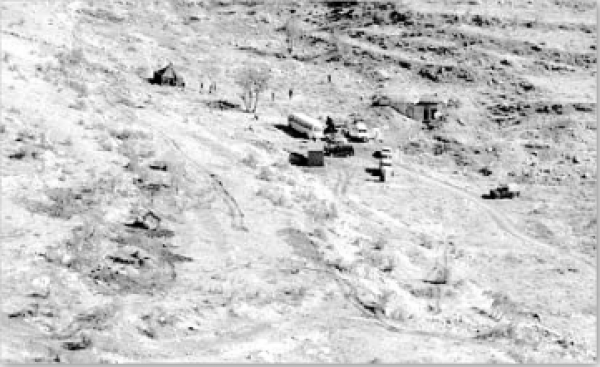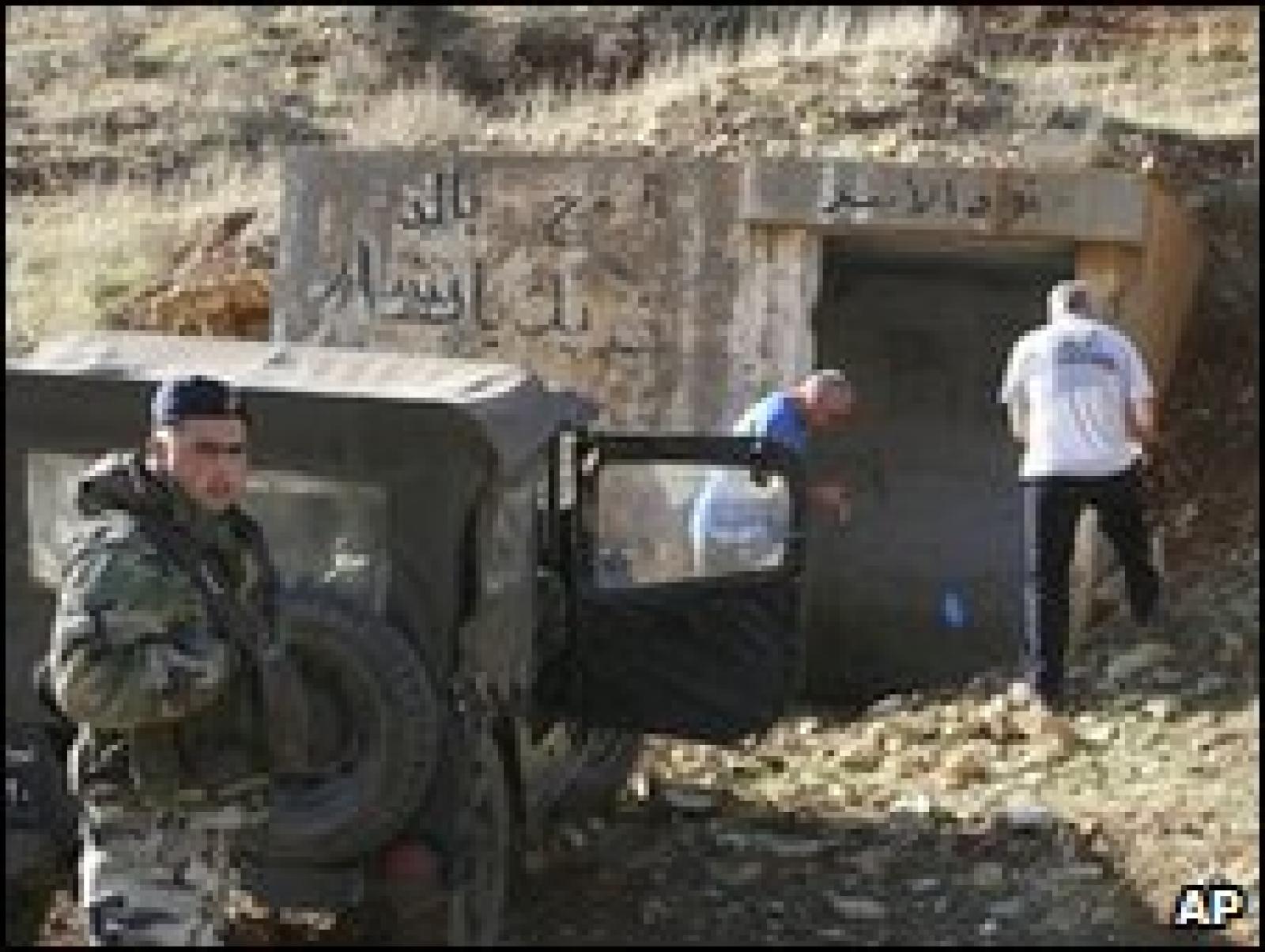Aita al-Foukhar Detention Center
Aita al-Foukhar detention center is located less than a kilometer away from the Aita al Foukhar village, which lies three kilometers from the Syrian border in the Beqaa Valley in Lebanon. According to local reports, the main facility was located underground and could be accessed from the above basic ground structures. Today there are still several of these structures on the surface that suggest the size it used to have. The first structure can be found next to the road that leads to Aita el Foukhar, and the furthest one is almost 300m from it. Most of the structures seem to be isolated small constructions except for the two biggest ones which are divided into several rooms suggesting cells, and even a bathroom.Alleged traitors were tortured until they confessed to betrayal and disloyalty.
Aita al-Foukhar detention center is located less than a kilometer away from the Aita al Foukhar village, which lies three kilometers from the Syrian border in the Beqaa Valley in Lebanon. According to local reports, the main facility was located underground and could be accessed from the above basic ground structures. Today there are still several of these structures on the surface that suggest its former size. The first structure can be found next to the road that leads to Aita el Foukhar, and the furthest one is almost 300m from it. Most of the structures seem to be isolated small constructions except for the two biggest ones which are divided into several rooms suggesting cells, and even a bathroom.
The detention center created in 1974 belonged to Fateh-The Revolutionary Council (Fatah al-Majles alThawry), a Palestinian splinter group from Yasser Arafat's Fateh. The group was commonly known as Abu Nidal Organization (ANO), after its founder's name, Sabri al Banna (Abu Nidal). ANO's main objective was to fight Israel and purge Fatah. This led them to target the Israeli Army and any Lebanese militia who supported it. ANO also kidnapped and killed British and American nationals, among them, British reporter Alec Collett who was kidnapped in Beirut and taken to Aita al-Foukhar detention center. During 1987-1988 ANO also committed mass executions of its own members and their families suspected of having ties with the PLO. ANO official newspaper Filastin al-Thawra (Palestine of the Revolution) regularly carried stories announcing the execution of traitors within the movement. The Committee for Revolutionary Justice was a committee established by Abu Nidal to investigate possible traitors to the group. Alleged traitors were tortured until they confessed to betrayal and disloyalty. ANO was known for being a very violent and intransigent group. Torture included whipping, burning of the skin and genitals, and being buried alive. In 1995 the British authorities sent a team of experts to the site to look for the remains of Alec Collett, the English reporter who had disappeared in 1985. The investigation conducted following pressure from the British authorities revealed that Collett had been kidnapped by the ANO and that he died in detention at the Aita al-Foukhar Detention Center in 1986. Between the years of 1995 and 2000, three expeditions came to conduct excavations where he was believed to be buried. They did not find his remains, but in their search they discovered a human skull close to the location of the detention center that they reburied. Alec Collett remains were finally recovered in November 2009, next to a second body that was reburied without being identified. Many more bodies are suspected to be buried in the area.

Images
